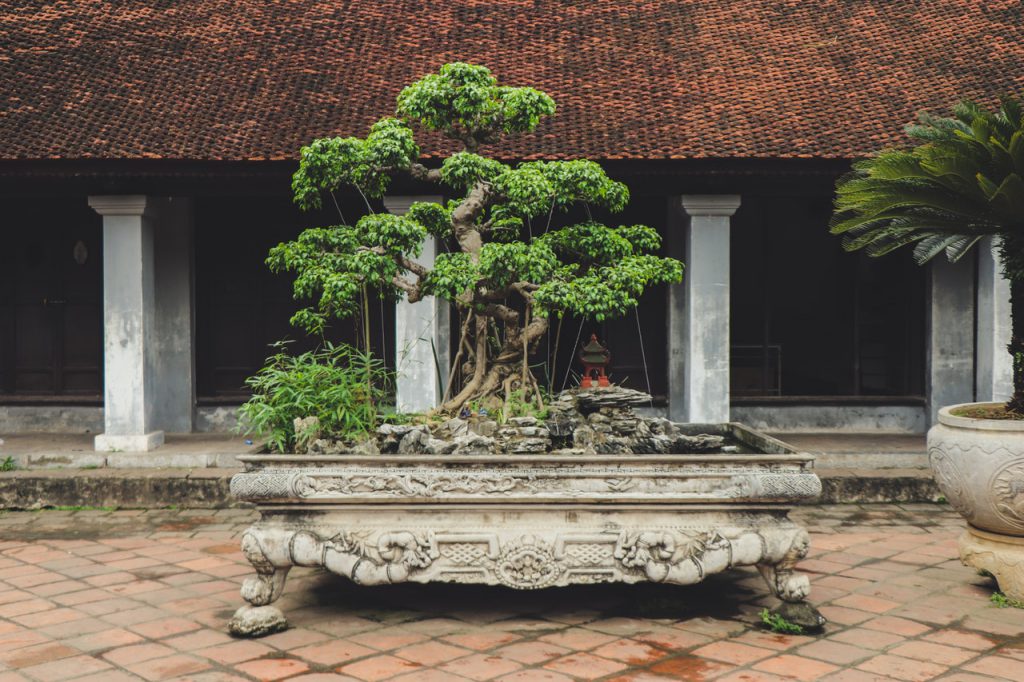How to Take Care of an Outdoor Bonsai Tree

Like most people, you probably think of bonsai trees as indoor plants. But did you know that you can also grow them outdoors? Outdoor bonsai trees usually require more care than their indoor counterparts, but they’re worth the extra effort.
Outdoor bonsai trees can be a beautiful addition to any garden or landscape. These trees require specific care instructions to thrive and grow properly. In this article, we will provide you with the necessary information on how to take care of an outdoor bonsai tree.
Choosing the Best Bonsai Tree for Outdoors
There are many different types of Bonsai trees to choose from. Therefore, it is important to select the right tree for your outdoor space. The climate and conditions in your area will play a role in your decision. Here are some things to consider when choosing a Bonsai tree for outdoors:
The climate
Bonsai trees are popular plants to grow outdoors, and there are many factors you should consider when choosing which tree to plant and grow. Temperature, humidity, and sunlight are all essential aspects, and you should also consider your tree’s native climate. For example, if you live in a colder climate, you’ll need to choose a species that can tolerate colder temperatures. If you live in a warmer climate, you’ll need to select a species that can tolerate higher temperatures. Bonsai do not thrive in areas with winters that dip below zero degrees.
The type of soil you have
While almost any type of soil can be used to grow a bonsai tree, there are some types of soil that are better suited for this type of tree. In general, bonsai trees prefer well-draining soil that is slightly acidic. A soil mix that is high in organic matter and includes sand, gravel, and compost is ideal for growing bonsai trees outdoors.
The size of the tree
Bonsai trees come in all shapes and sizes, but there are a few recommended sizes for outdoor bonsai trees. A small tree, about 2-4 feet tall, is perfect for an outdoor bonsai garden. A medium tree, about 5-8 feet tall, can be used as a focal point in the garden or part of a larger landscape design.
How much sunlight
Bonsai trees need sunlight to survive, just like any other tree or plant. The amount of sunlight your bonsai needs will depend on the type of tree and where you live. In general, bonsais should be located in a spot where they will get four to six hours of direct sunlight each day. Remember to water your bonsai tree, especially if it gets a lot of direct sunlight.
Watering and Fertilizing Outdoor Bonsai Tree
Watering and fertilizing an outdoor bonsai tree is vital to keep the tree healthy and looking its best. Trees in the wild typically get most of their water from rainfall, but a bonsai tree needs to be watered regularly, especially when it’s hot or dry outside. The best way to tell if your tree needs watering is to check the soil moisture; if the top 2 inches of soil are dry, the tree needs water. Watering can be done with a garden hose or watering can, making sure to soak the soil well.
Fertilizing is also essential for keeping a bonsai tree healthy. Fertilizer should be applied every other month in spring and summer and once a month in fall and winter.
There are many different types of fertilizer on the market, and it can be confusing to know which one to choose for your bonsai tree. In general, an all-purpose fertilizer is a good choice for outdoor bonsai trees. It should have a ratio of 10-10-10, which means that it contains 10% nitrogen, 10% phosphorus, and 10% potassium.
Pruning Your Outdoor Bonsai Tree
Bonsai trees are a beautiful addition to any outdoor space, but they require regular pruning to maintain their shape and size. Pruning serves two primary purposes: it helps control the tree’s growth, and it removes dead or damaged branches. In order to correctly prune your bonsai tree, you’ll need sharp scissors or a pruning saw, a sturdy ladder, and some patience.
One of the most common mistakes new bonsai enthusiasts make is not pruning their trees until they get larger. The goal of pruning is to maintain a balance between growth and shape, so it can be challenging to know when you should cut back a branch or how much.
It is best to prune when the tree is dormant, which typically occurs in fall and winter. So, for example, if your tree looks healthy but you notice it has lost some branches, you should take action immediately. If you wait until spring, it’s likely that the tree will be too active to prune.
Conclusion
In conclusion, taking care of an outdoor bonsai tree is not a difficult task. However, it is important that you follow the proper guidelines in order to ensure your tree’s health and longevity. By following these tips, you can enjoy your beautiful bonsai tree for many years to come.